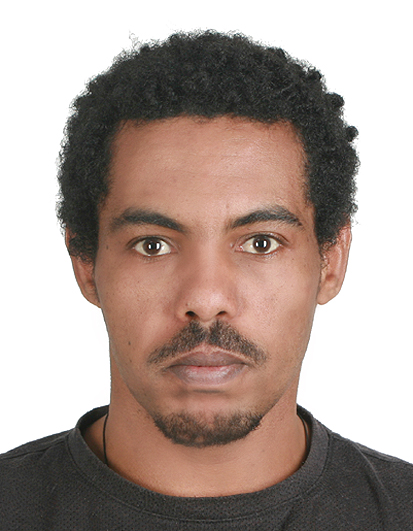Multirotor Unmanned Aerial Vehicle Configuration Optimization Approach for Development of Actuator Fault-Tolerant Structure
Published in Applied Sciences, 2022
Recommended citation: Debele, Y.; Shi, H.-Y.; Wondosen, A.; Kim, J.-H.; Kang, B.-S. Multirotor Unmanned Aerial Vehicle Configuration Optimization Approach for Development of Actuator Fault-Tolerant Structure. Appl. Sci. 2022, 12, 6781. https://doi.org/10.3390/app12136781 https://doi.org/10.3390/app12136781
Abstract: Presently, multirotor unmanned aerial vehicles (UAV) are utilized in numerous applications. Their design governs the system’s controllability and operation performance by influencing the achievable forces and moments produced. However, unexpected causalities, such as actuator failure, adversely affect their controllability, which raises safety concerns about their service. On the other hand, their design flexibility allows further design optimization for various performance requirements, including actuator failure tolerance. Thus, this study proposed an optimization framework that can be employed to design a novel actuator fault-tolerant multirotor UAV configuration. The approach used an attainable moment set (AMS) to evaluate the achievable moment from a multirotor configuration; similarly, standard deviation geometries (SDG) were employed to define performance requirements. Therefore, given a UAV configuration, actuator fault situation, and SDG derived from the designed mission requirement, the suggested optimization framework maximizes the scaling factor of SDG and fits it into the AMS by adjusting the design parameters up to a sufficient margin. The framework is implemented to optimize selected parameters of the Hexacopter-type of parcel delivery multirotor UAV developed by the PNU drone, and a simulation was conducted. The result showed that the optimized configuration of the UAV achieved actuator fault tolerance and operation-performing capability in the presence of a failed actuator.
